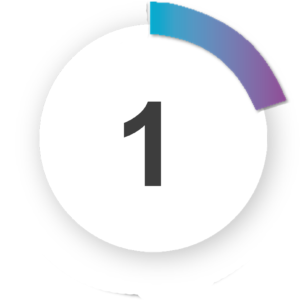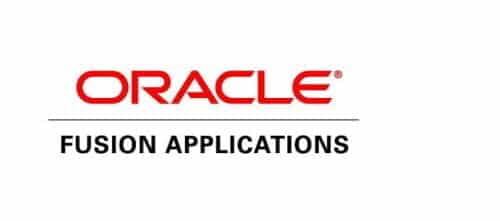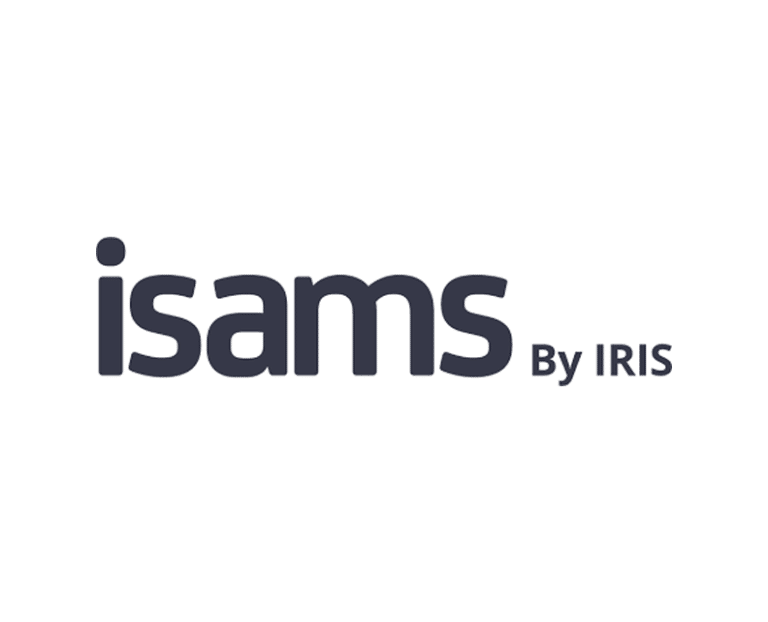ERP integration connects and synchronises your ERP software with other business applications, creating a seamless experience for capturing, tracking, and analysing real-time data from a single source of truth.
Kefron AP offers simple AP integration, effortlessly syncing with any finance system through simple information exchange.
Avoid redundant data entry by automatically syncing essential elements such as supplier lists, codes, cost analysis variables like GL codes and tax, as well as purchase order and GRN data. Experience a touchless invoice approval process through this comprehensive AP integration.

Stay Connected with AP Integration
Zero Manual Entry
Two-Way Syncing
Kefron AP is designed to create a powerful two-way flow with your finance system. Processing your invoices within minutes of arriving and making sure that only clean, validated data is populated in your finance system.
Fast Integration
API Connection
Kefron AP provides a full and flexible API connection for integration with third-party finance systems. Extensive API access automates data exchange between your systems, so you are always presented with precise data.
Accurate Data
Flat File Exchange
Kefron AP also offers a simple Flat File integration through files transfer such as XML, CSV and other flat file formats. FTP is a way to transfer large amounts of data between two systems.
ERP Agnostic
Works with any ERP System
Kefron AP delivers direct integration with all ERP or finance management systems for a streamlined AP workflow. With full integration to a range of accounting systems, you can be sure that your finance tech stack works in harmony for efficient payments.









How AP Automation Transforms Invoice Processing
- Reduce Manual Input
- Time & Cost Saving
- Increased Accuracy
- Improved Visibility & Control
- Accurate Reporting
- Duplicate Checking
Automate data entry for faster workflows
Eliminate repetitive data entry by syncing supplier details, PO information, and invoice data directly into your ERP. This speeds up processing and frees AP teams to focus on higher-value tasks.
Lower processing costs while improving speed
Cut the cost per invoice and shorten approval cycles by eliminating manual work and paper handling.
Minimise errors with integrated validation
Data capture automation eliminates the manual keying of information from the process and in doing so significantly decreases errors associated with human touch points.
Track every invoice in real time
Kefron AP System provides complete and instant visibility to anyone authorised to view it. This increased visibility drives accountability and provides greater control of the AP process.
Centralised AP data for smarter insights
Kefron AP comes with built-in AP Analytics Dashboards, a proactive solution to delivering real-time invoice data for better decision making. Any captured data can be reported upon.
Prevent overpayments and detect fraud
Kefron AP will alert you to any duplicate invoices that you may receive, ensuring your AP team wastes no time in processing the same invoice. The system automatically filters duplicates from your work queue so you don’t have to.

APIntegration: Real-Time Sync
Supplier Lists
Keep vendor data up to date
Automatically sync supplier information across your finance system, ensuring accurate records for faster invoice matching and approvals.
Tax Codes
Ensure compliance without manual entry
Seamlessly update tax codes in your AP process to meet local and international requirements, reducing errors and rework.
GL Codes
Accurate account allocation every time
Synchronise general ledger codes so invoices are automatically coded to the correct accounts, saving time and preventing misallocations.
Purchase Orders
Match invoices without delays
Real-time PO syncing enables instant matching, even for complex or high-volume purchasing environments.
GRN Data
Streamline goods receipt matching
Automatically link goods receipt notes to related POs and invoices for faster, more accurate three-way matching.
Custom Segments
Align AP data to your business needs
Sync custom segments to ensure invoice data matches your internal reporting structure and analysis requirements.
Custom Columns
Keep critical details consistent
Maintain alignment of unique invoice or PO details by syncing custom columns between systems.
Custom Fields
Capture and share tailored data points
Synchronise custom fields so your AP process works with the exact information your business requires.
How AP Integration works for Invoice Processing Automation?

Invoice Capture
Auto-upload paper invoices & e-invoices. Kefron AP reads and extracts required invoice fields.

Process
Auto-distribute each invoice to PO or Non-PO workflows for processing

Approval
Custom workflows auto-direct to pre-determined approvers via in-app notifications

Post to Finance System
Clean Validated data posted to ERP system. Access invoices anytime with keyword search & retrieve

Kefron offered a smart, scalable solution that aligned perfectly with our needs. Kefron AP has significantly improved our efficiency, reduced manual workload, and given us greater visibility and control over our AP function.”
Kenneth Naef
VP of Finance

AP was our most manual and fragmented process across finance and Kefron AP provided a solution that drove AP automation, while integrating to our new ERP system. AP Invoice Automation saves time, streamlines staff onboarding and increases reporting accuracy.”
Paul McMahon
Head of Finance Transformation

We wanted to grow through acquisition while reducing the need for hiring staff, mundane work like processing supplier invoices. Kefron AP extracts 99% of the data first time off accounts payable supplier invoices.”
Tomasz Sobczyk
IT Project Manager

In my 30 years working within the Accounts Payable function, our AP process was certainly one of the more complex that I had come across. A massive challenge to undertake which Kefron handled incredibly.”
Sandrine Tugler
AP Manager
See Advanced Integration in Action
See how Kefron AP merges award-winning AI extraction technology with expert invoice specialists to deliver truly seamless, touch-free accounts payable processing. By combining AI speed with human accuracy, we ensure precision and reliability in even the most complex workflows, all integrated directly with your finance system.

FAQ ERP Integration
What is ERP (Enterprise Resource Planning)?
ERP, or Enterprise Resource Planning, is centralized software that helps businesses streamline core functions like billing, payments, transactions, and accounting. By managing areas such as budget tracking, cash flow, purchasing, inventory, supply chain, and human resources, ERP provides real-time, consistent data. This single-source system enhances efficiency, supports decision-making, and reduces administrative burden across the organisation.
What is ERP Integration?
ERP integration is the process of connecting ERP software with other business applications, creating a single platform for capturing, tracking, and analysing real-time data. By mapping fields between ERP and external systems, ERP integration ensures that all software works seamlessly together, minimising manual data entry and reducing inconsistencies. This integration adds new features to ERP, such as accounts payable (AP) automation and CRM capabilities, allowing businesses to automate workflows and optimize processes.
How Can Businesses Integrate Processes & Workflows with ERP Systems?
Businesses integrate ERP systems by using add-on software connected via APIs, flat files, or an enterprise service bus (ESB). These tools map fields between systems, creating a unified user experience through ERP’s interface.
How Does AP Automation Software Improve ERP?
AP automation software enhances ERP integration by providing automated accounts payable features that ERP systems may lack. These features include supplier onboarding, invoice approval workflows, EDI (Electronic Data Interchange) for document & invoice matching.Integrating AP automation with ERP significantly reduces accounts payable processing time and costs by minimising manual data entry, errors, and fraud risk.
Which Types of Systems Integrate with ERP Software?
ERP systems can integrate with various types of software to expand their capabilities:
- CRM (Customer Relationship Management): Manages customer data, sales opportunities, and relationship tracking, enhancing visibility into customer behavior and sales funnels.
- eCommerce Platforms: Supports online sales, product display, and transaction processing, connecting inventory and sales data to ERP.
- AP Automation Software: Automates invoice workflows, payment processes, and reconciliation, reducing manual tasks in accounts payable.
- Project Management Software: Manages project timelines, resources, budgets, and communication, providing integrated project tracking.
- Business Intelligence (BI) Software: Imports and analyzes data to support decision-making with dashboards and visualization tools.
What are the Challenges & Risks of ERP Integration?
Challenges and risks of ERP integration include:
- Software and Vendor Selection: Choosing unsuitable software or vendors may lead to compatibility issues and poor ROI.
- Resource and Expertise Requirements: Integration requires skilled resources; without them, projects may face delays or failure.
- Security Risks: Integrating external applications may expose ERP systems to security risks without proper controls.
- Customer Support: Limited vendor support can complicate troubleshooting and maintenance, slowing integration.
- Cost Justification: Businesses need to ensure the integration’s benefits outweigh costs to justify the investment.
What are the 3 Methods of ERP Integration?
The three main ERP integration methods are:
- Integration Platform as a Service (iPaaS): A cloud-based platform that connects ERP to SaaS applications, allowing for scalable and flexible integration.
- Enterprise Service Bus (ESB): On-premises middleware that uses connectors to enable communication between different applications by translating data formats.
- Point-to-Point Integration: Directly links two applications, ideal for simple connections but difficult to scale with multiple integrations.
What are Examples of ERP Systems?
Popular ERP software includes:
Please confirm your country










